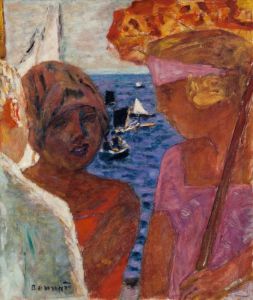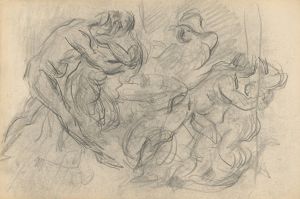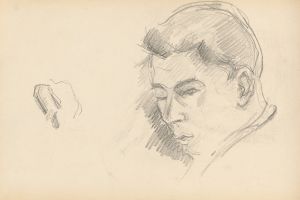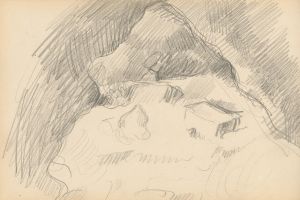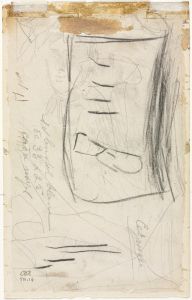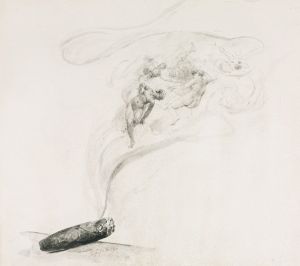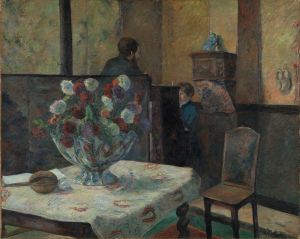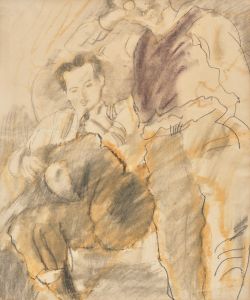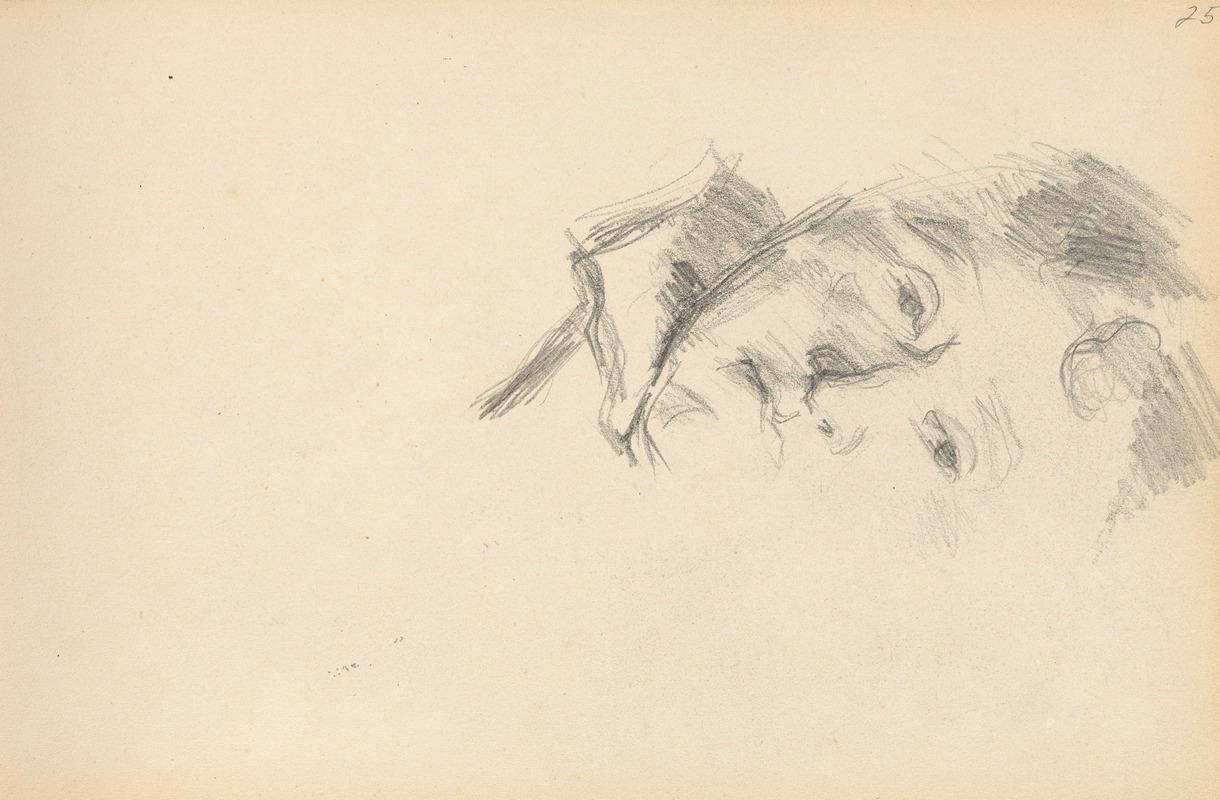
Madame Cézanne
A hand-painted replica of Paul Cézanne’s masterpiece Madame Cézanne, meticulously crafted by professional artists to capture the true essence of the original. Each piece is created with museum-quality canvas and rare mineral pigments, carefully painted by experienced artists with delicate brushstrokes and rich, layered colors to perfectly recreate the texture of the original artwork. Unlike machine-printed reproductions, this hand-painted version brings the painting to life, infused with the artist’s emotions and skill in every stroke. Whether for personal collection or home decoration, it instantly elevates the artistic atmosphere of any space.
Madame Cézanne is the title commonly used to refer to a series of portraits painted by the French Post-Impressionist artist Paul Cézanne. These works depict Marie-Hortense Fiquet, Cézanne's wife, and are considered significant examples of his portraiture. Cézanne created over 20 portraits of Hortense between the 1860s and the 1890s, including both oil paintings and watercolors. The series is notable for its exploration of form, color, and composition, reflecting Cézanne's innovative approach to art.
Marie-Hortense Fiquet (1850–1922) was a French model whom Cézanne met in the early 1860s. The couple married in 1886, after living together for many years and having a son, Paul. Hortense served as a frequent subject in Cézanne's work, and her portraits are characterized by a sense of stillness and introspection. In these paintings, she is often depicted seated, with a calm and reserved expression. Cézanne's treatment of Hortense's likeness emphasizes structure and geometry, aligning with his broader artistic goals of reducing natural forms to their essential shapes.
One of the most well-known paintings in this series is Madame Cézanne in a Red Dress (c. 1888–1890), which is housed in the Metropolitan Museum of Art in New York. In this work, Hortense is shown seated against a simple background, wearing a vibrant red dress. The painting exemplifies Cézanne's use of color modulation and his focus on the interplay between figure and space. Another notable example is Madame Cézanne in a Yellow Chair (c. 1888–1890), which is part of the collection at the Art Institute of Chicago. This portrait highlights Cézanne's interest in capturing the psychological depth of his subject while maintaining a sense of formal balance.
The Madame Cézanne portraits are often interpreted as a reflection of Cézanne's evolving artistic style. While earlier works in the series exhibit a more traditional approach to portraiture, later examples demonstrate his shift toward abstraction and his emphasis on the structural qualities of painting. These portraits also provide insight into Cézanne's personal life, as they document his relationship with Hortense over several decades.
Despite their significance, the Madame Cézanne portraits were not widely appreciated during Cézanne's lifetime. His unconventional techniques and departure from traditional artistic norms were often met with criticism. However, his work later gained recognition for its profound influence on modern art, particularly on movements such as Cubism and Fauvism.
Today, the Madame Cézanne series is celebrated for its contribution to the development of modern art and its unique portrayal of a recurring subject. These works are held in major museums and private collections worldwide, allowing audiences to appreciate Cézanne's innovative approach to portraiture and his enduring legacy in the history of art.





